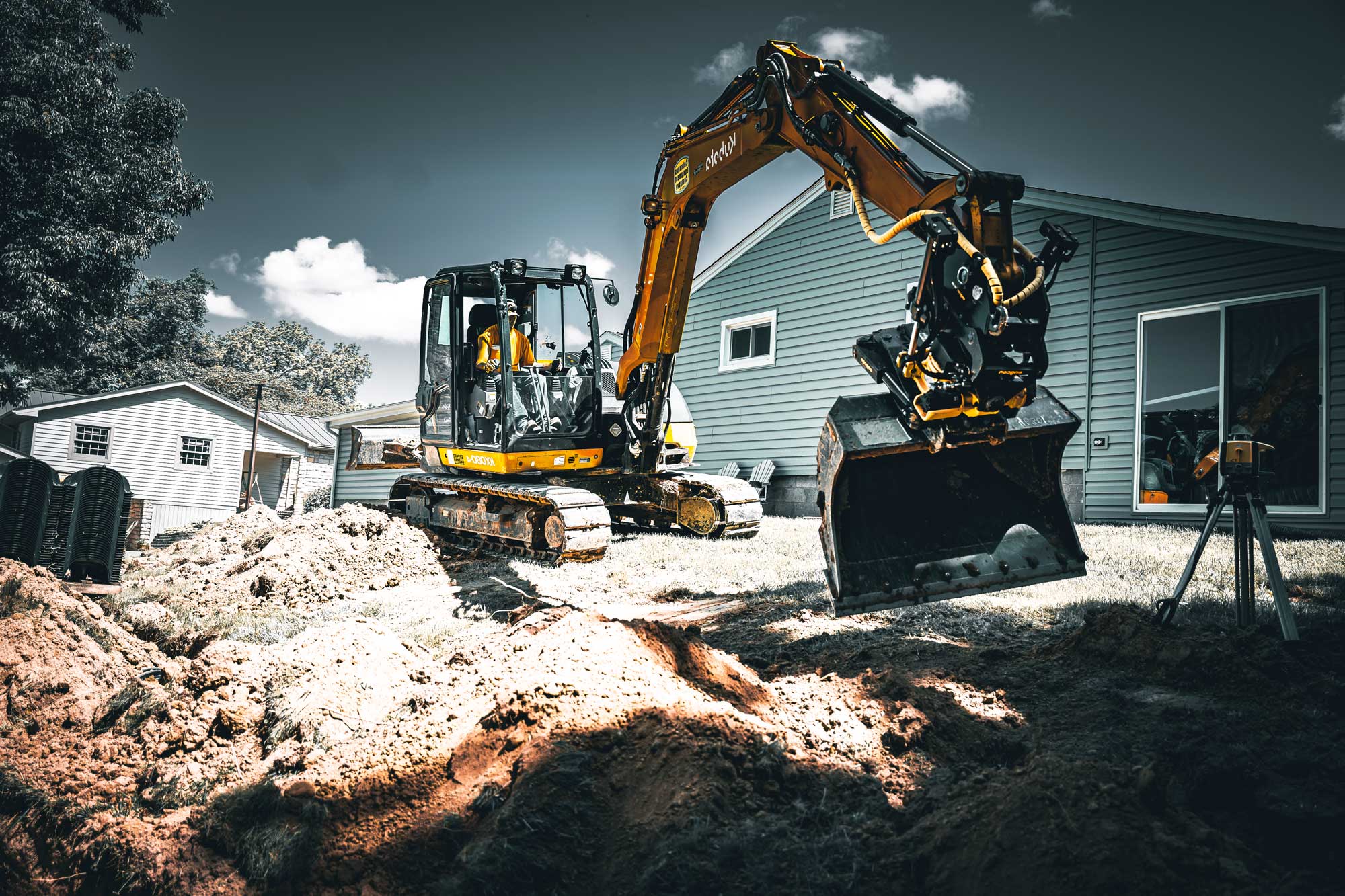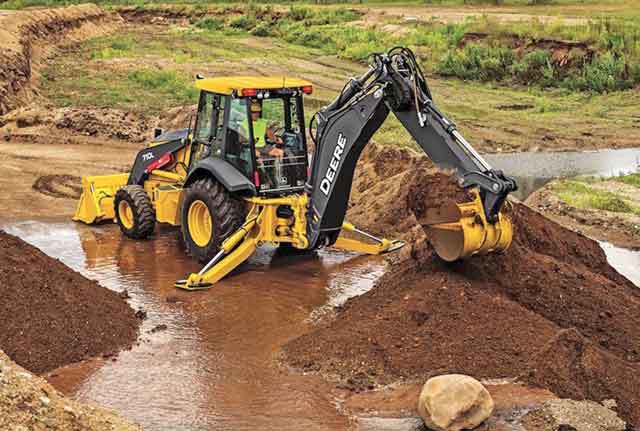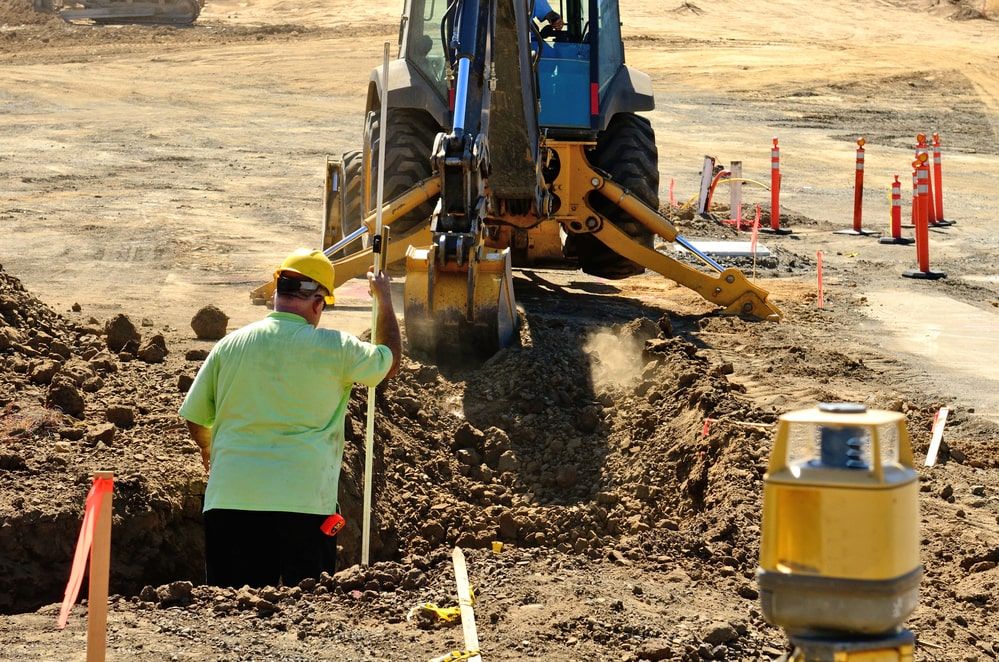Affordable Lancaster Excavation - Top Quality Excavation at Competitive Prices
Affordable Lancaster Excavation - Top Quality Excavation at Competitive Prices
Blog Article
In-Depth Exploration: The Scientific Research Behind Superior Excavation Practices
The world of excavation methods is a domain name where scientific research intertwines with craftsmanship to unearth the secrets hidden underneath the planet's surface area. From old hand devices to modern-day hydraulic excavators, the evolution of excavation techniques has been a testimony to human ingenuity and technological developments. What really sets exceptional excavation practices apart is a deep understanding of geological principles, coupled with the utilization of cutting-edge devices and techniques. By discovering the scientific research behind these methods, we can discover the secrets that lie under our feet and value the accuracy and experience that enter into every dig.
Development of Excavation Techniques
Throughout history, the evolution of excavation methods has actually played an important function beforehand construction techniques and archaeological explorations. From the simple tools utilized by our ancestors to the innovative machinery used in contemporary times, the development of excavation techniques has actually substantially transformed exactly how we approach different projects.
In old times, manual work with fundamental tools such as pickaxes, wheelbarrows, and shovels was the primary approach of excavation. This labor-intensive process restricted the depth and range of excavations, frequently causing slow progression and restricted accessibility to certain sites. Nonetheless, as worlds progressed, so did the devices and strategies utilized for excavation.
The Industrial Change marked a turning point in excavation methods with the intro of steam-powered equipment. This development reinvented the area, allowing for faster and much more substantial excavations. In modern times, modern technology plays a pivotal function in excavation, with improvements like general practitioner systems, drones, and 3D scanning boosting precision and efficiency in the field. The advancement of excavation strategies remains to form the way we build, explore, and comprehend the world around us.
Function of Modern Technology in Excavation

The integration of cutting-edge modern technology has fundamentally revolutionized the area of excavation, boosting accuracy and effectiveness to unmatched levels. Among the crucial technical developments that has substantially influenced excavation methods is the utilization of general practitioner systems. These systems permit precise mapping of excavation websites, allowing drivers to properly find below ground utilities and structures. In addition, using telematics in excavation equipment has made it possible for real-time monitoring of equipment performance, causing aggressive maintenance and enhanced functional productivity.
Moreover, the advent of 3D modeling and simulation software application has structured the preparation process for excavation jobs. Designers and drivers can now envision the whole excavation process before beginning, maximizing and recognizing potential difficulties workflow. Along with this, the application of drones in excavation tasks has actually facilitated aerial surveys, volumetric measurements, and website assessments with unparalleled rate and accuracy.
Geological Principles in Excavation
An understanding of geological principles is vital for making certain the architectural integrity and stability of excavation sites. Geological elements play a critical duty in establishing the usefulness and safety of excavation tasks (lancaster trenching). One crucial geological principle to think about is the kind of dirt or rock present at the site. Different soil types, such as sand, crushed rock, or clay, have varying levels of stability have a peek at these guys and require different excavation strategies. Cohesive soils like clay might call for added assistance to stop collapses, while sandy dirts may be prone to disintegration throughout excavation.
Furthermore, the geological framework of the area, consisting of faults, cracks, and rock formations, must be very carefully evaluated to recognize prospective risks and difficulties. Excavating near mistake lines or unstable rock developments can result in instability and possible threats. By carrying out comprehensive geological studies and analysis, designers and excavators can establish strategies to alleviate risks and make certain the successful conclusion of excavation projects. Inevitably, integrating geological concepts into excavation techniques is essential for attaining safe, effective, and sustainable outcomes.

Most Current Tools for Excavation
In the realm of excavation practices, modern technologies in devices have actually transformed the performance and accuracy of excavation processes. These drones can give thorough aerial surveys of excavation websites, providing real-time data on topography and possible dangers.
One more cutting-edge device getting popularity is the implementation of 3D printing modern technology for producing customized excavation devices. This permits the manufacturing of specialized devices that are customized to the specific demands of a project, boosting performance and minimizing downtime.
Furthermore, innovations in materials scientific research have brought about the development of more powerful and more long lasting excavation tools. excavating ohio. Tungsten carbide-tipped excavator add-ons, for example, deal superior efficiency in tough ground conditions, boosting efficiency on-site
Scientific research's Effect on Excavation Practices

Moreover, improvements in materials scientific research have actually resulted in the creation of more powerful, much more durable excavation devices and devices. As an example, using composite materials in diggers and shovels has actually improved their performance and durability, ultimately raising efficiency on excavation websites. Additionally, clinical research on dirt mechanics and geotechnical design has actually supplied valuable understandings visit this web-site right into soil actions, allowing excavation professionals to make educated decisions relating to excavation techniques and dirt stabilization methods. Overall, science proceeds to drive development and renovation in excavation practices, making excavation jobs extra efficient, cost-efficient, and sustainable.

Conclusion
To conclude, the advancement of excavation strategies has been substantially affected by improvements in innovation and a deeper understanding of geological principles. The most recent tools and tools utilized in excavation have boosted effectiveness and accuracy in the field. The application of clinical understanding has dramatically improved excavation practices, bring about much more effective and lasting view it now approaches for digging deep into different types of products.
In the realm of excavation methods, contemporary innovations in devices have actually reinvented the effectiveness and precision of excavation processes. By leveraging clinical concepts, the excavation market has been able to significantly boost performance, precision, and safety and security in excavation procedures. GPR allows excavation teams to non-invasively check and map subsurface frameworks, utilities, and prospective risks, allowing them to intend excavation jobs with greater accuracy and minimized danger of accidents.
In addition, scientific research study on soil technicians and geotechnical design has actually provided valuable understandings right into soil behavior, permitting excavation experts to make informed choices pertaining to excavation techniques and dirt stablizing methods. Overall, scientific research continues to drive advancement and enhancement in excavation practices, making excavation tasks extra effective, cost-effective, and lasting.
Report this page